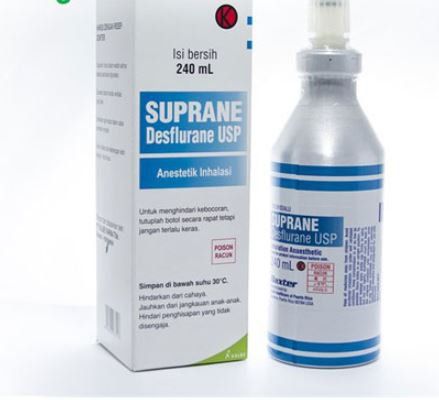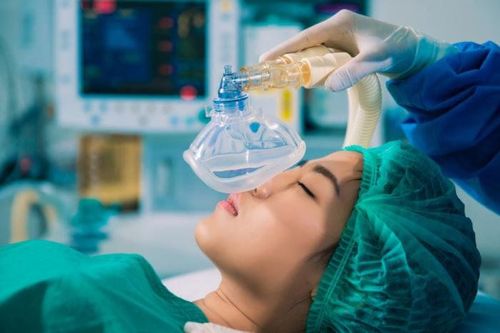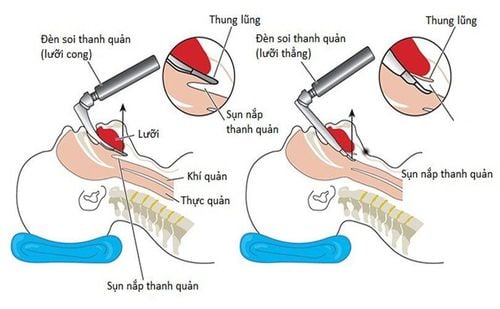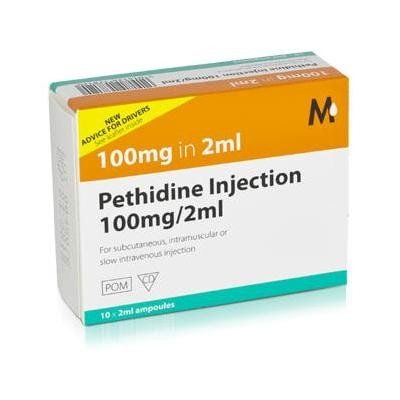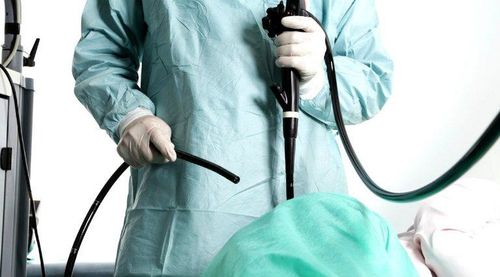This is an automatically translated article.
The article was professionally consulted by Specialist Doctor I Tran Thi Ngat - Department of General Surgery - Vinmec Danang International Hospital.Intravenous anesthesia is a method of giving anesthetic drugs into the body through a vein, leading to a temporary loss of consciousness, sensation, and reflexes for surgery. Compared with inhalation anesthesia, intravenous anesthesia has many advantages as well as disadvantages.
1. Overview of Intravenous Anesthesia
1.1. What is Intravenous Anesthesia?
Intravenous anesthesia is a method of giving anesthetic drugs into the vein to make the patient lose consciousness, reflexes, and sensations temporarily for surgery. During anesthesia, the patient breathes with air or oxygen, but no anesthetic evaporates. If only one type of anesthetic is used for a patient, it is called intravenous anesthesia alone; if many types of intravenous anesthetic are used in combination or intravenous anesthetics are combined with pain relievers, it is called intravenous anesthesia. combination.Criteria for an ideal intravenous anaesthetic are:
Rapid, gentle induction of anesthesia with as much analgesia as possible but without associated side effects such as stimulation or hypertonicity , motor movement; minimize the side effects on the respiratory and circulatory systems. Lowers intracranial pressure, reduces oxygen consumption of brain cells, does not irritate surrounding tissues or in veins. Does not cause histamine release. Patients recover quickly when discontinuing use, when released from anesthesia, patients have less unpleasant feelings such as excitement, hallucinations, vomiting. In fact, there is currently no type of intravenous anesthetic that fully meets the above requirements, so intravenous anesthetics are often combined with other drug classes to reduce unwanted effects.

1.2. Commonly used intravenous anesthetic drugs
The drugs used for intravenous anesthesia commonly used today are:Ketamine: Ketamine is a strong pain reliever at the surface of the skin and muscles, so it is suitable for changing burns, the drug does not relieve visceral pain. Ketamine is the intravenous anesthetic of choice in patients with low blood pressure, volume depletion and in some other indications. Side effects of Ketamine are possible hallucinations and nightmares after surgery, increased secretion of sputum, the risk of aspiration of vomit. Therefore, before anesthesia with Ketamine, it is necessary to pre-anesthetize with atropine, analgesia to reduce secretions, hallucinations and reduce anesthetic dose. The starting dose of Ketamine when given intravenously is 1-3mg/kg.
Propofol: the drug is prepared in the form of an emulsion. After intravenous anaesthesia with Propofol, the patient is very fast, sedated, and awake quickly when the drug is stopped. Propofol has many other advantages such as reducing intracranial pressure, reducing oxygen consumption of brain cells, reducing blood flow to the brain; decrease peripheral resistance and decrease myocardial oxygen consumption. The induction dose of Propofol is 2-2.5 mg/kg, reduce the dose in patients over 60 years of age. Side effects of propofol are possible respiratory depression, decreased respiratory rate, apnea, myocardial depression, and hypotension.

2. Advantages of intravenous anesthesia
Intravenous anesthesia is indicated for patients with relatively stable respiratory and circulatory status. Usually indicated in the types of surgery such as:Short and medium time surgery; Surgery does not require muscle relaxation; Outpatient surgery, extra-abdominal, thoracic surgery Intravenous anesthesia does not require special equipment such as inhalation anesthesia such as anesthetic vaporizers, anesthesia machines, gas cylinders,... Compared to For inhalation anesthesia, the advantage of intravenous anesthesia is that it does not pollute the environment, avoids the risk of fire and explosion in the operating room, and prevents those operating in the operating room from inhaling toxic anesthetic vapors.
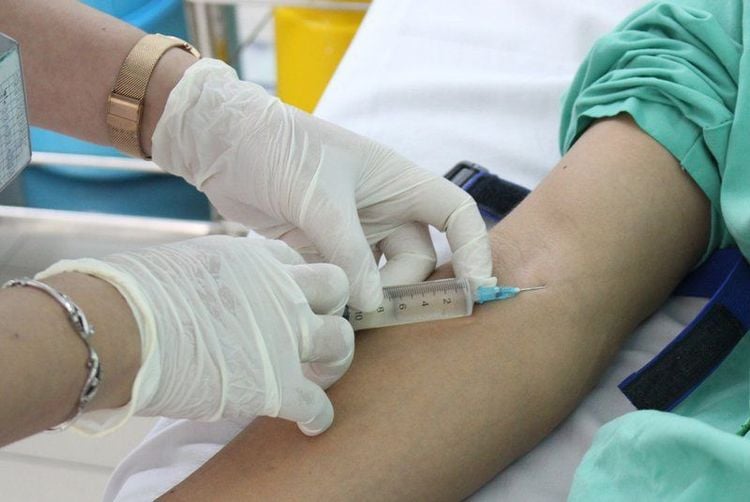
3. Disadvantages of intravenous anesthesia
Intravenous anesthesia is used only for short, simple surgeries. Not used for complicated surgery such as:Abdominal, thoracic, craniocerebral surgery Surgery in patients with unstable respiratory and circulatory conditions; Patients with severe renal or hepatic impairment Surgery requiring muscle relaxation In addition, intravenous anesthesia is not feasible when a reliable intravenous line cannot be established in the patient.
Some disadvantages of other methods of intravenous anesthesia are:
The drug can cause respiratory and circulatory failure, so it requires medical facilities to have emergency respiratory and circulatory facilities; an experienced doctor. Patients may have symptoms with the drug such as urticaria, redness, hypersensitivity fever. May cause drug overdose, especially in elderly patients, debilitated, unstable respiratory and circulatory system. Intravenous anesthesia is a fairly common anesthetic technique in surgery, but to achieve the best results, patients must be treated by qualified and experienced doctors with a full system of medical equipment. enough to meet the requirements of the surgery.

Vinmec Health System is also proud to be the first hospital in Vietnam to sign with the World Anesthesiology Association (WFSA) towards the goal of becoming the safest hospital for surgical anesthesia in Southeast Asia.
Doctor Ngat has more than 15 years of experience as an Anesthesiologist and resuscitator at Hospitals: Da Nang Obstetrics and Gynecology Hospital, Hospital 199 of the Ministry of Public Security, Tam Tri Hospital in Da Nang. Currently, he is an anesthesiologist at the Department of General Surgery - Vinmec Da Nang International General Hospital.
Please dial HOTLINE for more information or register for an appointment HERE. Download MyVinmec app to make appointments faster and to manage your bookings easily.





